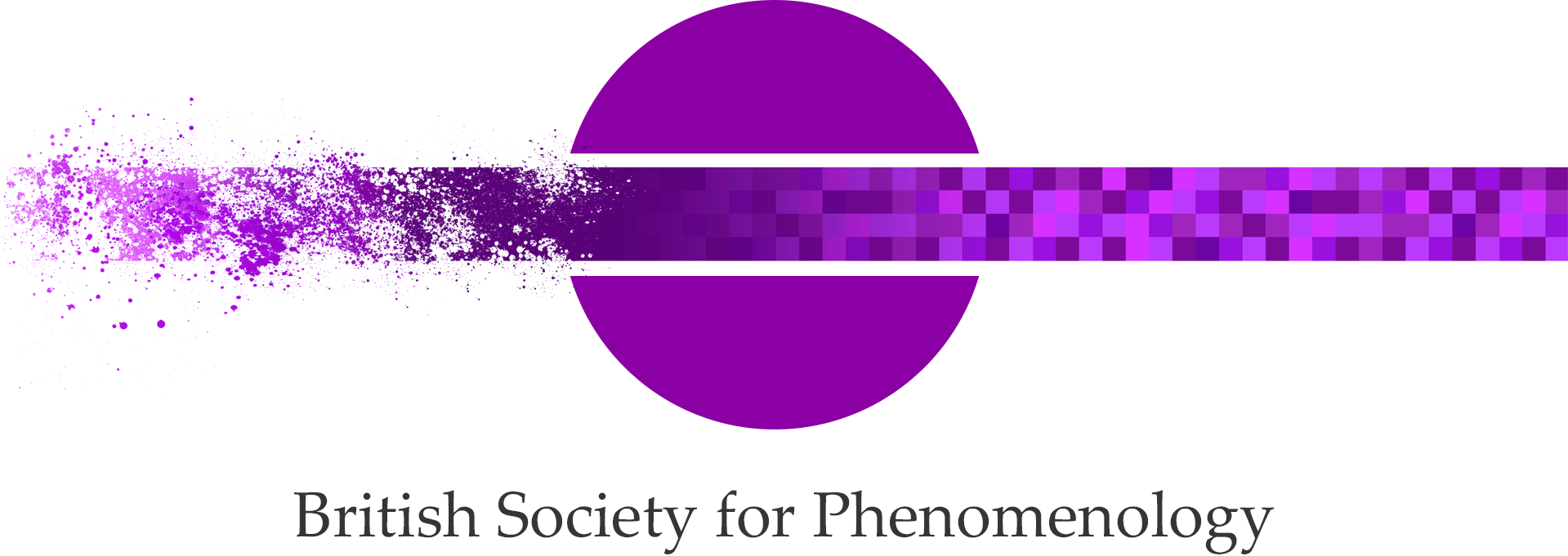Season two of our podcast continues with another presentation from the British Society for Phenomenology Annual Conference 2017 in Brighton.
Season 2 episode 36: 11 July 2018
This recording is of Anna Yampolskaya’s presentation ‘Aesthetical experience as transformative: Henry and Maldiney on Kandinsky’. You can listen to this episode on the BSP’s Podbean site, and you can also find it on iTunes and all good podcasting apps by searching ‘BSP Podcast’.
Abstract: “I compare how two leading French phenomenologists of the last century – Michel Henry and Henri Maldiney – interpret Kandinsky’s heritage. Henry’s phenomenology is based on a distinction between two main modes of manifestation – the ordinary one, that is, the manifestation of the world and the “manifestation of life”; for him Kandinsky’s work provides a paradigmatic example of the second, more original, mode of manifestation, which is free from all forms of self-alienation. This is why Kandinsky’s paintings do no show us anything, but rather provoke in us certain impressions, certain feelings; they should be experienced, lived through. Henry claims that this living-though of the work of art is transformative; it is a kind of ascetic practice or mystical experience that goes beyond the distinction of the subject and the object. Maldiney also recognises in Kandinsky’s work an attempt to provide an access to an a-cosmic and a-historic experience of one’s inner self; yet for Maldiney this is not a positive characteristic. For Maldiney, the key distinction is not between modes of phenomenalisation, but between two dimensions of meaning (sens): the ordinary one, that he calls “gnostic” (gnosique), and “pathic”. This pathic dimension of meaning can be reached only in a personal contact with the living-world in its nascent state. According to Maldiney, there is no radical self-transformation which is not a transformation of one’s being-in- the-world and one’s meaning of the world (and vice versa). My access to myself cannot bypass my relation to the world, and so Kandinsky’s paintings cannot induce a true transformation of self. The disagreement of Henry and Maldiney on Kandinsky doesn’t unfold on the level of the phenomenological description of the concrete aesthetic experience, but rather on the level of metaphysics.”
The British Society for Phenomenology’s Annual Conference took place at the University of Brighton, UK during September, 2017. It gathered together philosophers, literary scholars, phenomenologists, and practitioners exploring phenomenological theory and its practical application. It covered a broad range of areas and issues including the arts, ethics, medical humanities, mental health, education, technology, feminism, politics and political governance, with contributions throwing a new light on both traditional phenomenological thinkers and the themes associated with classical phenomenology. More information about the conference can be found here.

